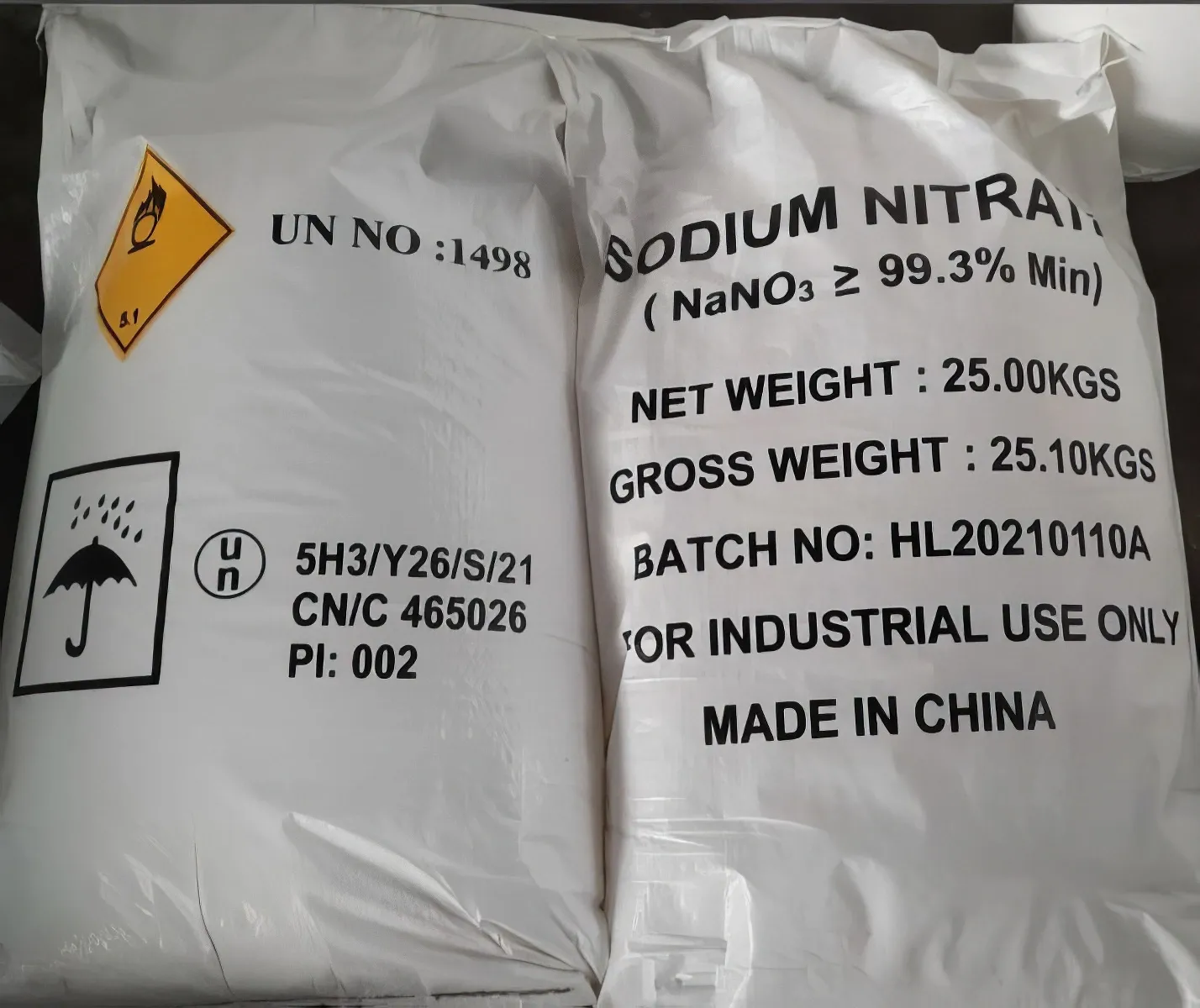



water treatment for closed loop hydronic systems
Water Treatment for Closed Loop Hydronic Systems
Closed loop hydronic systems are widely used in heating and cooling applications for their efficiency and reliability. However, to maintain optimal performance and longevity, proper water treatment is essential. This article delves into the importance of water quality, common contaminants, and effective treatment strategies for closed loop systems.
Importance of Water Quality
The water in a closed loop system serves as the medium for heat transfer. If the water quality is poor, it can lead to various problems, such as corrosion, scaling, and biological growth. These issues not only reduce the efficiency of the system but can also cause costly repairs and replacements. Ensuring the right chemical balance helps in preserving the integrity of pumps, heat exchangers, and other components.
Common Contaminants
Several contaminants can infiltrate hydronic systems, including oxygen, scale-forming minerals, and biological organisms
.1. Oxygen Dissolved oxygen is a significant concern as it can cause galvanic corrosion in metal components. This type of corrosion can lead to leaks and system failures over time. 2. Minerals Hard water contains minerals, primarily calcium and magnesium, which can lead to scale buildup on heat transfer surfaces. This scaling acts as an insulating layer, reducing efficiency and increasing energy costs.
3. Biological Growth Bacteria, algae, and fungi can proliferate in stagnant water, leading to biofilm formation. This can obstruct pipes and reduce heat transfer efficiency, potentially causing system failures.
water treatment for closed loop hydronic systems

Effective Treatment Strategies
To mitigate the impact of these contaminants, a combination of chemical treatments and regular maintenance is essential.
1. Deaeration Installing deaerators or using chemical deoxygenation can help remove dissolved oxygen from the water. This is crucial for preventing corrosion in the system. 2. Water Conditioning Softening the water through ion exchange processes can reduce the concentration of scaling minerals. Additionally, using chelating agents can help bind these minerals, preventing them from precipitating out of the solution.
3. Biocide Application Regularly applying biocides can control biological growth within the system. It is essential to select biocides that are compatible with system materials and to follow the manufacturer's guidelines regarding dosage and frequency.
4. Regular System Flushing Periodic flushing of the system can help remove sediments and accumulated contaminants. This proactive maintenance ensures that the system operates efficiently and prolongs its lifespan.
Conclusion
The effectiveness and longevity of closed loop hydronic systems heavily depend on the quality of the water circulating within them. By understanding the common contaminants and employing appropriate treatment strategies, facility managers and engineers can safeguard their systems against damage and inefficiencies. Regular monitoring, maintenance, and proactive treatment not only enhance performance but also contribute to energy savings and reduced operational costs. Thus, investing in effective water treatment for hydronic systems is not just advantageous but essential for sustainable operation.
-
Why Sodium Persulfate Is Everywhere NowNewsJul.07,2025
-
Why Polyacrylamide Is in High DemandNewsJul.07,2025
-
Understanding Paint Chemicals and Their ApplicationsNewsJul.07,2025
-
Smart Use Of Mining ChemicalsNewsJul.07,2025
-
Practical Uses of Potassium MonopersulfateNewsJul.07,2025
-
Agrochemicals In Real FarmingNewsJul.07,2025
-
Sodium Chlorite Hot UsesNewsJul.01,2025










